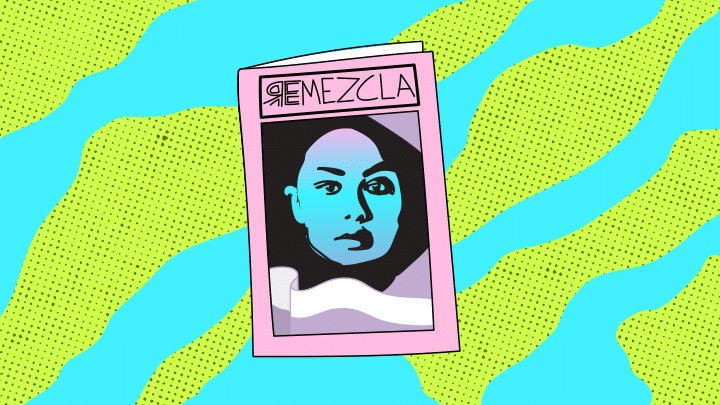End of “Wet Foot, Dry Foot” Could Leave Thousands of US-Bound Cubans Stuck South of the Border

When President Barack Obama announced the end of the 22-year-old “wet-foot, dry-foot” policy that has given Cubans a path to residency, it sent shockwaves throughout the nation. For the Cubans who made the treacherous trip to the United States only to miss their chance by a few hours or days, it caused heartache, confusion, and a new set of complications.
On Thursday, the Obama Administration put an immediate end to the immigration policy – an update to the 1966 Cuban Adjustment Act which guaranteed political asylum to any Cuban who set foot on US soil – introduced by President Bill Clinton in the 90s. Since Obama first revealed that the US and Cuba sought to restore diplomatic ties in late 2014, many feared that it would mean the end of the preferential immigration policy. As a result, the number of Cubans coming into the United States surged in the last few years, and the US’ southern border saw an unprecedented number of Cubans. Customs and Border Protection Statistic reveal that 34,600 Cubans entered through the Laredo sector, which stretches from Del Rio to Brownsville and has become the place where more Cubans enter than any other in the US.
Last week, José Antonio Batista Silva, Yuniesky Marcos Roque, and his son, Kevin, became the last three known beneficiaries of “wet foot, dry foot.” As Yuniesky made it across with his son, it was a bittersweet moment. “[The agent] told me that my son and I were the last Cubans to be let in,” Marcos said, according to the Miami Herald. “I’m very emotional right now. I came here for him. So he could have a better future. I’m relieved that we made it, but sad for the others waiting on the bridge.”
At around 4 p.m. on Thursday at the Laredo port of entry, the mood began to change. Yuri Rodríguez, 41, recalls seeing US border officials laughing after learning that Obama undid “wet foot, dry foot,” according to the Huffington Post. By that point, Yuri had filled out his paperwork, and officials assured him that everyone on the bridge would get to cross. However, the line moved languidly and by 9 p.m., officials stopped welcoming Cubans into the country, leaving many in limbo.